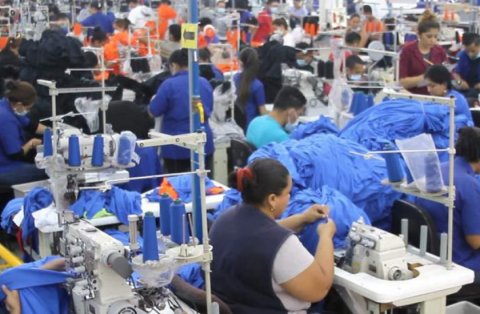
MSN has published an updated version of its research tool Companies and Brands: Leverage points with International Apparel Companies. The resource tool is designed to assist unions and worker rights organizations in accessing detailed information about a company whose products are sourced from factories where labour rights violations have occurred.
The 2021 version includes recent changes in brand ownership, additional brands that now disclose supplier factories and updated criteria for identifying brands that have demonstrated willingness to engage with labour organizations to resolve violations, including during the COVID-19 pandemic.
Its eight-page chart identifies six key leverage points with global garment companies and the brands that they own:
- Whether the company owns the manufacturing facility where its products are made;
- If it discloses its factory list and other supply chain information;
- If it is a university licensee;
- If it is a member of a multi-stakeholder initiative;
- Whether it is a publicly traded company; and
- Whether it has signed agreements with unions and/or worked with unions and labour rights organizations to resolve worker rights violations.
The chart is limited primarily to the international companies that source from Mexico and Central America as this is the geographic focus of MSN’s work. The final two pages include direct links to companies’ factory disclosure information. Despite the growing trend toward supply chain transparency, secrecy is still the norm in this industry. Of the 44 companies listed on the Chart, just over half disclose at least the names and addresses of their supplier factories.